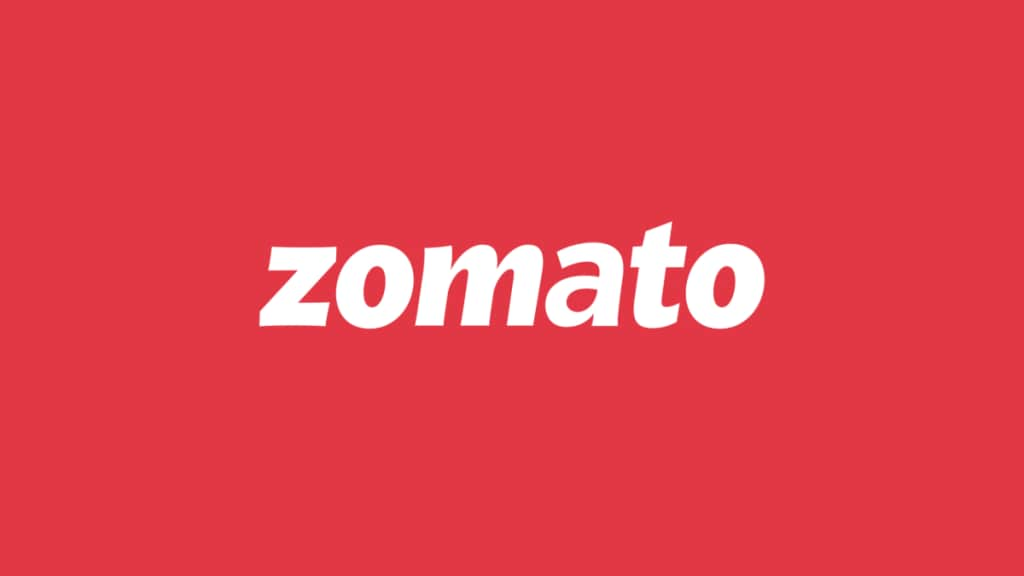By Bhaskar Majumdar
Zomato recently made waves with its introduction of ‘Pure Veg Mode’ and the subsequent controversy surrounding its colour-coded delivery service. This case presents a compelling study of whether the company’s actions represent digital success or a marketing failure.
The introduction of ‘Pure Veg Mode’ was a bold move by Zomato CEO Deepinder Goyal. By catering specifically to vegetarian customers, the company aimed to capture a niche market and differentiate itself from competitors. However, the decision to use distinctive green attire and delivery boxes for vegetarian orders stirred up a storm of criticism. It’s critical to understand and consider your customers’ choices. However, a step like this is rather extreme.
At first glance, the colour-coded strategy seemed like a savvy marketing tactic. It garnered significant media attention, sparked online debates, and even broke the charts on Google Trends. This suggests a successful execution of digital marketing techniques to create buzz and generate conversation around the brand. However, the backlash that followed painted a different picture. Critics argued that the segregation of delivery riders based on the type of cuisine they deliver was unnecessary and potentially discriminatory. The decision to backtrack and revert to the standard, red-coloured attire for all riders indicates a misstep in Zomato’s marketing strategy. Personally, am not in favour of overt engagement with a particular food preference.
From a marketing perspective, Zomato’s move can be seen as a double-edged sword. On one hand, it succeeded in generating buzz and increasing brand visibility, demonstrating the power of digital marketing in today’s landscape. On the other hand, the negative backlash tarnished the brand’s image and raised questions about the company’s understanding of consumer preferences and sensitivities.
An idea can sound great in the conference room, but when you get it out there, not so much.
Sometimes what you thought was a great idea can go wrong in so many ways. Whether it’s how it’s executed or how it’s perceived, the result can be a complicated mess that can hurt your brand. Today, marketers are exploring new channels and new media. Competition is intense and as you chase after that viral video or trending tweet, marketing fails to happen. Even the biggest, most recognisable brands make them. And these blunders can be incredibly costly.
The timing of the announcement, just before elections, further fueled speculation about the company’s intentions. Some viewed it as a deliberate attempt to capitalise on political discourse surrounding vegetarianism and non-vegetarianism. In today’s digital era, where social media holds considerable sway in moulding public perception, brands must be cognizant of the narratives they propagate and the responses they provoke from their audience. Transparency and openness to feedback stand as fundamental tenets of successful communication strategies. Conversely, I appreciate Deepinder Goyal’s comprehensive elucidation of the rationale behind retracting the decision. This episode also underscores the significance of thorough research preceding business decisions. Whether this was a calculated move, or an oversight remains open to interpretation.
Despite the controversy, Zomato’s case offers valuable lessons for marketers. It highlights the importance of understanding the nuances of consumer behaviour and preferences. While bold initiatives can drive attention and engagement, they also carry inherent risks. Brands must carefully weigh the potential benefits against the potential backlash before implementing such strategies.
Moreover, Zomato’s experience underscores the growing influence of social media in shaping public discourse and perceptions of brands. In today’s digital age, companies must be prepared to navigate the complex landscape of online conversations and respond effectively to feedback from consumers and stakeholders.
Another perspective suggests that Zomato may have accomplished its intended goals – garnering attention and necessary publicity. Although there isn’t empirical evidence to validate success or failure, nor clear logic to support it, the shared economy concept, encompassing companies like Uber, Ola, Zomato, Oyo, and AirBnB, is relatively recent. Within this framework, Zomato and its counterparts are even newer. By engaging in discussions and debates on social media, we inadvertently contribute to the attention and publicity that Zomato sought, indicating a well-considered strategy on their part.
Zomato’s foray into ‘Pure Veg Mode’ serves as a compelling case study of digital marketing success and failure. The interesting thing though is that the markets have liked it. Zomato is outperforming the indices by a margin. While the company succeeded in generating buzz and sparking conversations, the backlash it faced highlights the pitfalls of overlooking consumer sensitivities. Ultimately, brands must tread carefully in their pursuit of attention and engagement in the digital realm.

